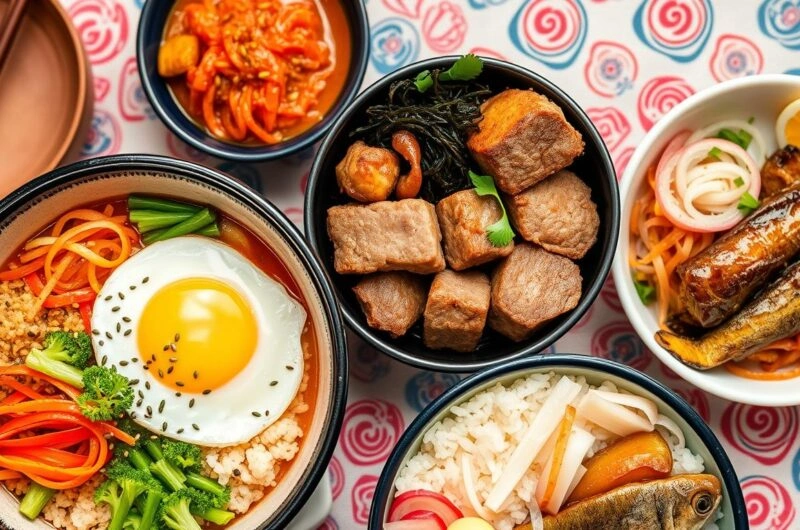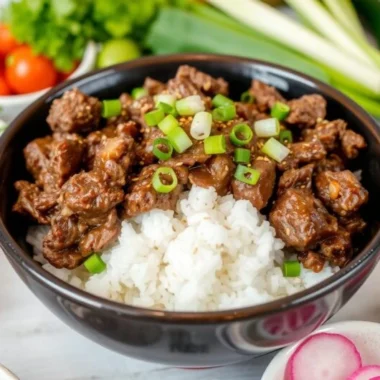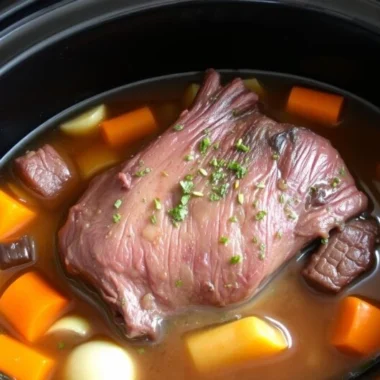Imagine a bowl full of vibrant flavors that takes you to Seoul’s streets. Korean bowls have won over food lovers everywhere. They mix textures, spices, and traditions in a unique way. Get ready to make your own Korean bowl masterpiece.
I remember the smells of sizzling beef and garlic in my grandma’s kitchen. She made her famous bibimbap with care. It had steamed rice, veggies, and meat, topped with a perfect egg. That first bite was amazing, starting my love for Korean food.
Table of Contents
Introduction to Korean Bowls
Korean bowls are loved worldwide for their vibrant flavors and textures. They are balanced meals with rice as the base, topped with tasty ingredients. These bowls are both nourishing and delicious, satisfying our cravings.
What are Korean Bowls?
Korean bowls, also known as “korean soup bowls” or “korean stoneware bowls,” come from the Korean peninsula. They start with steamed white rice and add a variety of ingredients. These include marinated meats, sautéed veggies, fermented condiments, and crunchy or creamy toppings.
The Appeal of Korean Cuisine
Korean food is famous for its bold flavors, fermented ingredients, and focus on balance. Dishes like kimchi, bulgogi, and bibimbap are loved for their unique tastes and health benefits. The use of fresh produce and fermented foods like gochujang and doenjang make Korean food special.
“Korean cuisine is a true reflection of the country’s rich history, cultural influences, and commitment to using high-quality, locally sourced ingredients.”
Korean bowls are appealing for their colors, textures, and healthy cooking. They offer a delightful and versatile dining experience that attracts food lovers everywhere.
Key Ingredients for Your Korean Bowl
Making the perfect Korean bowl is about picking the right ingredients. You need a balance of flavors and textures. Use korean lacquerware bowls or korean porcelain bowls to serve your dish.
Essential Base Options
The base of your Korean bowl can be fluffy white rice, nutty quinoa, or chewy rice noodles. These are the starchy bases to start with.
Proteins to Include
- Ground beef or bulgogi-style marinated beef
- Tender, juicy chicken
- Protein-packed tofu, either fried or braised
- Fresh, flavorful seafood like shrimp or salmon
Flavorful Toppings
Layering on vibrant, crunchy toppings is where the magic happens. Some favorites include:
- Shredded carrots
- Crisp cucumber matchsticks
- Fragrant scallions
- Pungent kimchi
- Nutty sesame seeds
Remember, sauces and seasonings like soy sauce, sesame oil, and gochujang are key. They tie everything together.
With a solid base, tasty proteins, and fresh toppings, you’re set. Your Korean bowl will look great and taste amazing.
Building the Perfect Bowl: Step by Step
Making a tasty korean bowl is a fun journey of flavors and textures. Follow these easy steps to make a korean brass bowls dish that looks and tastes like it came from a restaurant.
Start with the Base
First, pick your base. Classic korean bowls use warm white rice or nutty brown rice. For something different, try quinoa or cauliflower rice for less carbs.
Add Your Protein
Next, add your protein. Choose from korean beef, chicken, or tofu. Season it with soy sauce, sesame oil, garlic, and ginger for that Korean taste.
Layer with Toppings
Then, add your toppings. Use fresh veggies like carrots, cucumber, and lettuce or spinach. Add pickled veggies like radish or cabbage for a tangy kick.
Finish with Sauce and Extras
To finish, drizzle with gochujang or sesame-soy dressing. Top with sesame seeds, green onions, or a soft-boiled egg. This makes your dish look and taste great.
By following these steps, you can make korean bowls that are both delicious and beautiful. Try different ingredients to find your favorite. Enjoy exploring the flavors of Korean cuisine!
Popular Korean Bowl Combinations
Korean cuisine is known for its bold flavors and wide variety of dishes. Korean bowls are no exception, with several classic combinations that highlight the best of Korean food. Let’s look at three popular Korean bowl options that will surely excite your taste buds.
Bibimbap: A Classic Choice
Bibimbap is a quintessential Korean bowl dish. It combines rice, sautéed and seasoned vegetables, a perfectly cooked egg, and sometimes beef or chicken. The mix of textures and flavors in a bibimbap bowl is captivating, making it a favorite among Korean ceramic bowls and rice bowls lovers.
Korean Fried Rice Bowl
The Korean fried rice bowl is another beloved dish. It features a mix of savory, slightly sweet, and spicy flavors. This bowl has cooked white rice, crispy fried kimchi, tender protein, and vibrant toppings, all blending together beautifully.
Spicy Pork Bulgogi Bowl
If you’re looking for a bold and satisfying Korean bowl, try the spicy pork bulgogi bowl. It has marinated and grilled pork tossed with a spicy-sweet sauce, served over rice with fresh, crunchy vegetables. The tender pork and vibrant toppings make this bowl a true delight.
These popular Korean bowl combinations show the depth and diversity of Korean cuisine. Whether you like the classic bibimbap, the comforting fried rice, or the bold spicy pork bulgogi, there’s a Korean bowl for everyone. Explore these delicious options and start a delightful culinary journey through the vibrant world of Korean food.
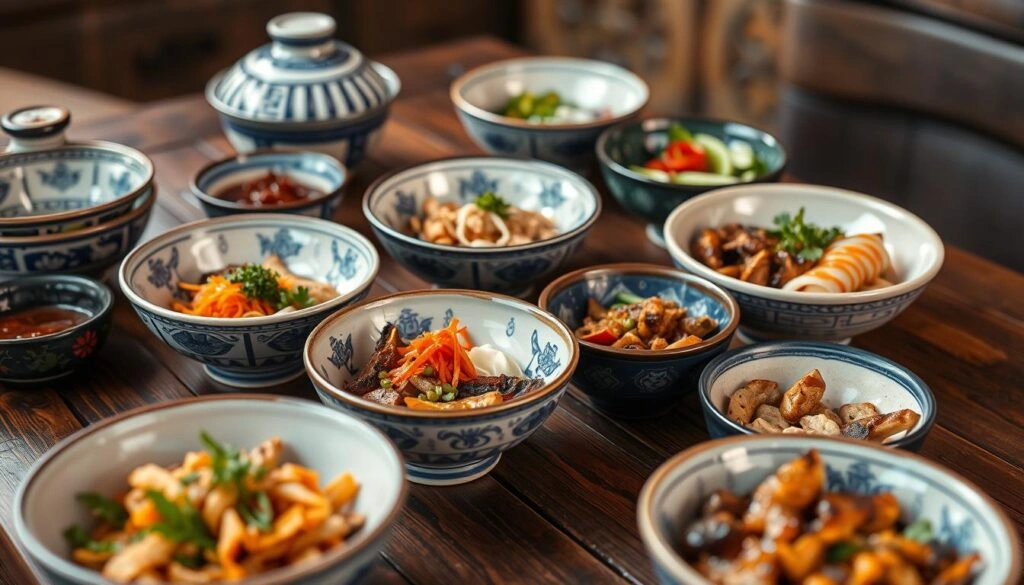
Vegetarian and Vegan Korean Bowl Ideas
Discover the world of korean soup bowls and korean stoneware bowls with these tasty vegetarian and vegan Korean bowl ideas. Enjoy dishes like flavorful tofu and vegetable bowls, and aromatic kimchi fried rice. These plant-based options give a new twist to traditional Korean food.
Tofu and Vegetable Bowl
Start with steamed brown rice or quinoa as the base. Add crispy baked tofu, sautéed mushrooms, and shredded kale. Include colorful julienned veggies like carrots, bell peppers, and cucumbers.
Drizzle a sweet and spicy Korean sauce. It’s made with soy sauce, brown sugar, sesame oil, garlic, and ginger. This sauce adds a burst of flavor.
Kimchi Fried Rice Bowl
Try a kimchi fried rice bowl for a tangy and vibrant dish. Start with fragrant basmati or jasmine rice. Stir-fry it with spicy kimchi, diced onions, and garlic.
Top the rice with roasted or sautéed tofu or tempeh. Add crunchy veggies like shredded cabbage, julienned carrots, and sliced green onions. Finish with toasted sesame seeds and a dollop of gochujang for a true Korean taste.
Seasonal Produce Bowls
- In the spring, build a bowl with fresh asparagus, radishes, and a soft-boiled egg.
- For summer, create a colorful bowl with juicy tomatoes, corn, and avocado.
- In the fall, roast sweet potatoes, Brussels sprouts, and butternut squash for a cozy bowl.
- During the winter, warm up with a bowl of sautéed greens, roasted beets, and creamy cashew-based dressing.
There are endless ways to make delicious korean soup bowls and korean stoneware bowls with seasonal produce. Try different flavors and textures to find your favorite vegetarian or vegan Korean bowl.
Regional Variations of Korean Bowls
Korea’s food scene is rich and varied, with many regional bowl specialties. From Seoul’s modern bowls to Jeonju’s traditional bibimbap and Busan’s seafood bowls, each region offers a unique taste. These dishes show the depth and variety of Korean cuisine.
Seoul Style Bowls
In Seoul, bowls mix traditional and modern flavors. You might see korean lacquerware bowls or korean porcelain bowls with creative fillings. These bowls are a hit with those who love trying new tastes.
Jeonju Bibimbap
Jeonju is famous for its bibimbap, a dish made with top-quality local ingredients. It’s served in a korean lacquerware bowl or korean porcelain bowl. This highlights Jeonju’s focus on quality and tradition.
Busan’s Seafood Bowls
Busan, a coastal city, is known for its fresh seafood. Its bowls feature fish, shrimp, and sea urchin in a korean porcelain bowl. These bowls are a taste of Busan’s sea heritage.
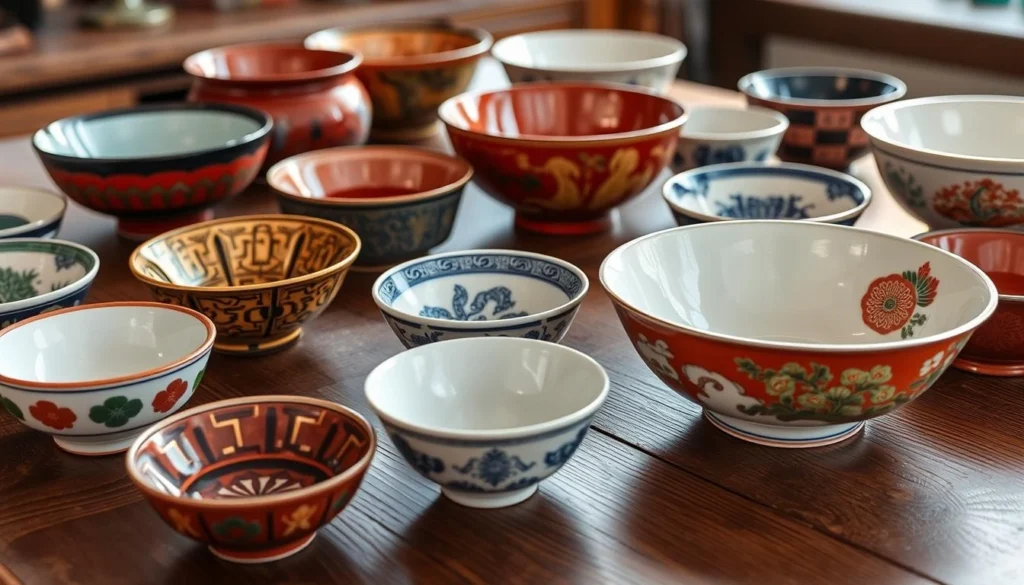
Korean bowls vary greatly across the country. From Seoul’s modern dishes to Jeonju’s bibimbap and Busan’s seafood, each bowl is a special experience. They all celebrate Korea’s rich food culture.
Customizing Your Korean Bowl
Korean bowls are super versatile. You can make them fit your diet and taste. You can change the spice, add new flavors, or mix different ingredients. It’s all about making your bowl just right for you.
Adjusting for Dietary Restrictions
Need a special diet? Korean bowls can be changed easily. For gluten-free, use rice or quinoa instead of noodles. Make sure all sauces and seasonings are gluten-free too.
Dairy-free? Choose tofu or tempeh for protein. Skip the cheese and yogurt for a dairy-free bowl.
Making it Spicy or Mild
Want it spicy or mild? It’s your choice. Add more or less gochujang for heat. For a milder bowl, use less spicy stuff or try soy sauce or sesame oil.
Adding Fusion Elements
Be creative with your Korean bowl. Add avocado for creaminess. Try chimichurri or ponzu for new flavors. Mix in spices from around the world for a unique taste.
Korean bowls are all about making them your own. Follow your taste and enjoy making the perfect korean bowl for you.
Serving Suggestions
Enjoying homemade Korean bowls is a fun adventure. To make it even better, try pairing your korean ceramic bowls or korean rice bowls with great sides and drinks.
Perfect Sides to Pair
- Crisp and flavorful kimchi, the quintessential Korean side dish
- Refreshing pickled vegetables, like daikon radish or cucumber
- Savory seaweed salad, with its unique umami notes
- Steamed or stir-fried greens, such as spinach or bok choy
- Crunchy Korean-style fried chicken or pork
Ideal Beverages to Complement
For a complete Korean bowl experience, try these drinks:
- Fragrant and soothing Korean tea, like green tea or chrysanthemum tea
- Crisp and slightly sweet Korean soju, a popular distilled rice liquor
- A light and refreshing Korean lager or pale ale beer
These drinks and sides make your Korean bowl taste even better. They add to the fun of eating like you’re in Korea. Try different combinations to find your favorite.
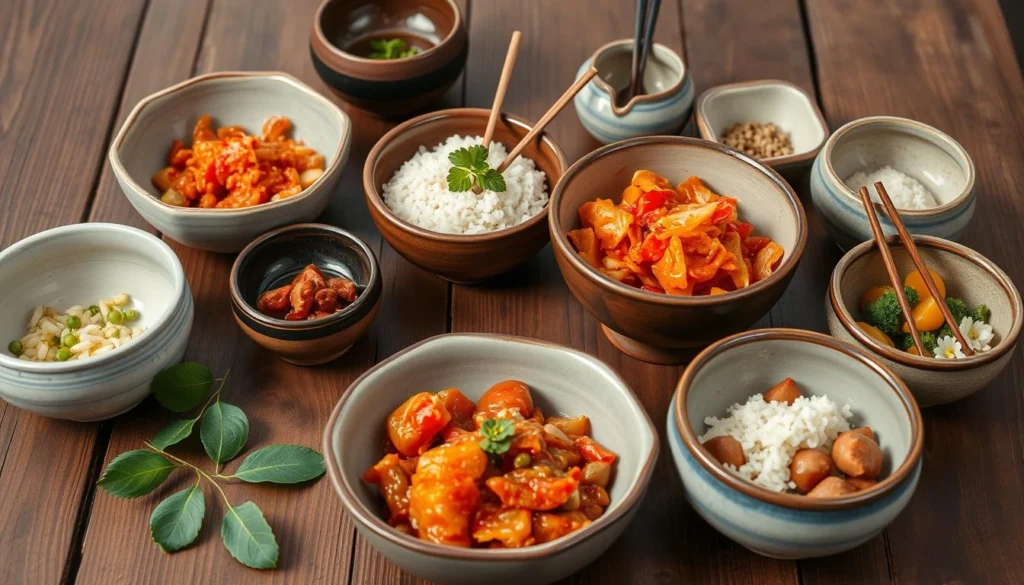
| Dish | Calories | Carbs | Protein | Fat | Sodium | Fiber | Sugar |
|---|---|---|---|---|---|---|---|
| Korean Beef Bowl | 301 | 9g | 33g | 13g | 610mg | 0.3g | 6g |
| Korean Fried Rice Bowl | 344 | N/A | N/A | N/A | N/A | N/A | N/A |
“Pairing your Korean bowl with the right sides and beverages can elevate the dining experience and transport you straight to the vibrant streets of Seoul.”
Tips for Preparing Korean Bowls at Home
Making delicious Korean soup bowls and stoneware bowls at home is simpler than you think. With the right tools and a little prep, you can enjoy Korean flavors any day. Here’s what you need to make your homemade Korean bowls a hit.
Essential Kitchen Tools
Mastering Korean bowls starts with the right tools. Get a top-notch rice cooker for perfect grains. A sharp knife makes chopping veggies easy. And a strong skillet or wok is key for cooking proteins and toppings.
Meal Prep for Busy Weekdays
- Prepare your base ingredients, like rice or noodles, ahead of time and store them separately.
- Chop and slice your vegetables, then store them in airtight containers for easy assembly.
- Cook your protein options, like bulgogi or tofu, in advance and refrigerate them.
- Make a batch of your favorite Korean sauces or marinades to have on hand.
Prepping ahead of time lets you quickly make your Korean bowls during the week. This keeps each ingredient fresh and full of texture.
“Meal prepping takes a bit of effort upfront, but it’s a game-changer for enjoying delicious Korean bowls on busy weeknights.”
Success in making Korean bowls at home comes from having the right tools and meal prep. Follow these tips to create authentic and tasty Korean bowls that will wow your loved ones.
Conclusion: Enjoy Your Korean Bowl Journey
Start your journey into Korean bowls and enjoy the vibrant flavors and textures. Each dish offers a unique taste and cultural richness. Whether you like korean lacquerware bowls or korean porcelain bowls, every bite is an adventure.
Korean bowls are very versatile. You can mix and match ingredients, toppings, and sauces to make your own special dishes. Try everything from bibimbap to Korean fried rice to find your favorite.
Enjoy sharing and community with Korean bowls. Invite friends and family to share meals and stories. It’s a great way to make memories and explore the world of Korean food. Bon appétit!
Source Links :
Korean Beef Bowl – https://damndelicious.net/2013/07/07/korean-beef-bowl/
Korean Beef Bowl – https://www.wellplated.com/korean-beef-bowl/
Korean Beef Bowl – https://lillieeatsandtells.com/korean-beef-bowl/
FAQ
What are Korean bowls?
What makes Korean cuisine appealing?
What are the essential base options for Korean bowls?
How do you build the perfect Korean bowl?
What are some popular Korean bowl combinations?
How can you make Korean bowls vegetarian or vegan?
What are some regional variations of Korean bowls?
How can you customize Korean bowls?
What are the best pairings for Korean bowls?
What are the essential tools for preparing Korean bowls at home?
Did You Try This Recipe ?
There are no reviews yet. Be the first one to write one.

